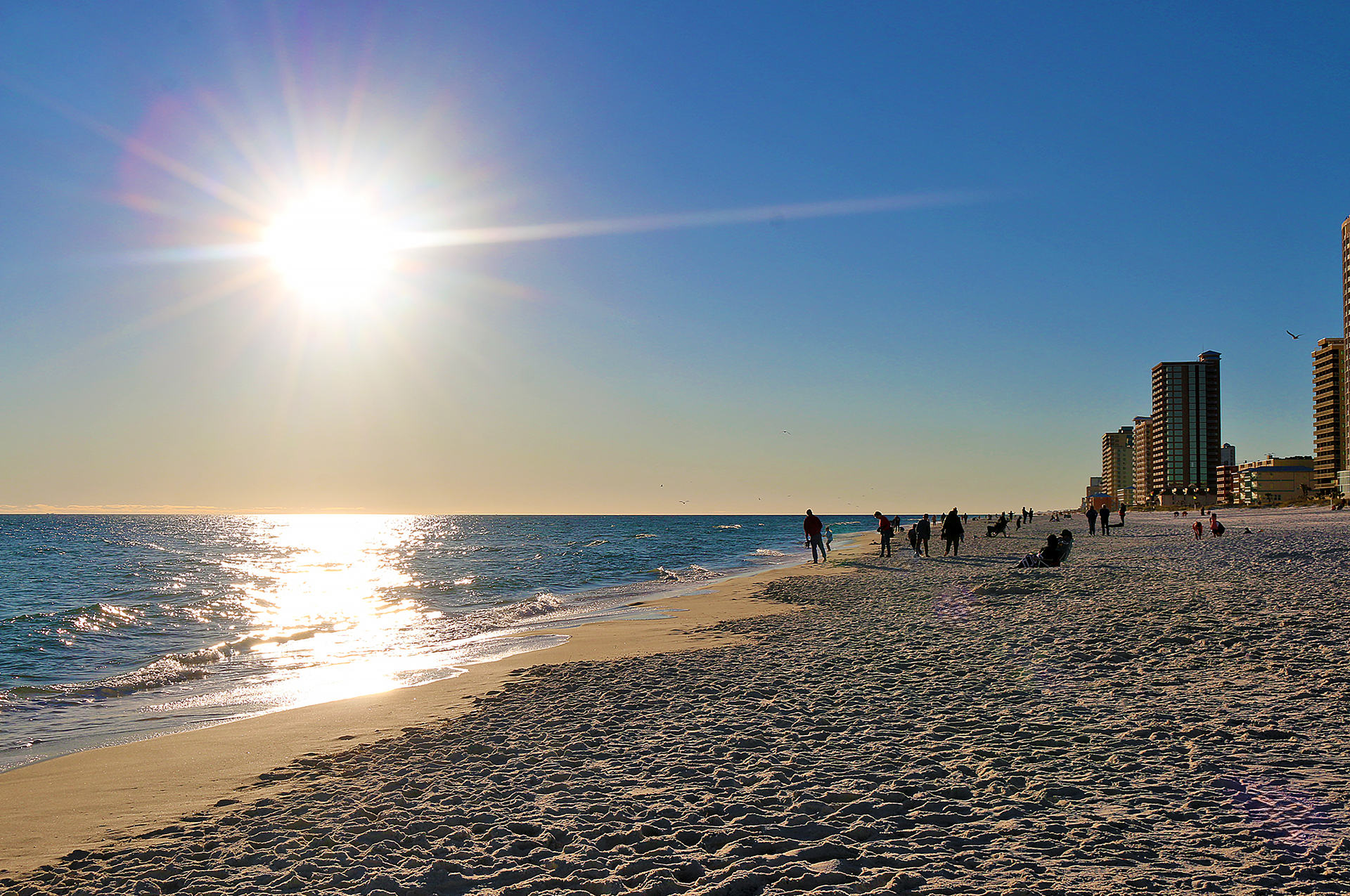The Gulf of Mexico is now the Gulf of America, according to Donald Trump, who is the current president of the United States and decreed the changing of the name of that specific body of water in what is known as Executive Order 14172, which he signed on his first day back in office on Monday, January 20, 2025.
The Gulf of Mexico Is Now The Gulf of America
Sec. 4. Gulf of America. (a) The area formerly known as the Gulf of Mexico has long been an integral asset to our once burgeoning Nation and has remained an indelible part of America. The Gulf was a crucial artery for America’s early trade and global commerce. It is the largest gulf in the world, and the United States coastline along this remarkable body of water spans over 1,700 miles and contains nearly 160 million acres. Its natural resources and wildlife remain central to America’s economy today. The bountiful geology of this basin has made it one of the most prodigious oil and gas regions in the world, providing roughly 14% of our Nation’s crude-oil production and an abundance of natural gas, and consistently driving new and innovative technologies that have allowed us to tap into some of the deepest and richest oil reservoirs in the world. The Gulf is also home to vibrant American fisheries teeming with snapper, shrimp, grouper, stone crab, and other species, and it is recognized as one of the most productive fisheries in the world, with the second largest volume of commercial fishing landings by region in the Nation, contributing millions of dollars to local American economies. The Gulf is also a favorite destination for American tourism and recreation activities. Further, the Gulf is a vital region for the multi-billion-dollar U.S. maritime industry, providing some of the largest and most impressive ports in the world. The Gulf will continue to play a pivotal role in shaping America’s future and the global economy, and in recognition of this flourishing economic resource and its critical importance to our Nation’s economy and its people, I am directing that it officially be renamed the Gulf of America.
(b) As such, within 30 days of the date of this order, the Secretary of the Interior shall, consistent with 43 U.S.C. 364 through 364f, take all appropriate actions to rename as the “Gulf of America” the U.S. Continental Shelf area bounded on the northeast, north, and northwest by the States of Texas, Louisiana, Mississippi, Alabama and Florida and extending to the seaward boundary with Mexico and Cuba in the area formerly named as the Gulf of Mexico. The Secretary shall subsequently update the GNIS to reflect the renaming of the Gulf and remove all references to the Gulf of Mexico from the GNIS, consistent with applicable law. The Board shall provide guidance to ensure all federal references to the Gulf of America, including on agency maps, contracts, and other documents and communications shall reflect its renaming.
Effective as of Sunday, February 9, 2025, the Federal Aviation Administration of the United States officially acknowledged changing the name in this charting notice:
Please be advised that the FAA is in the process of updating our data and charts to show a name change from the Gulf of Mexico to the Gulf of America and a name change from Denali to Mount McKinley. This will be targeted for the next publication cycle.
This Charting Notice implements President Trump’s direction in Executive Order 14172, “Restoring Names That Honor American Greatness,” that the names be changed.
The Storm Prediction Center of the National Weather Service of the United States has also started to refer to the Gulf of Mexico as the Gulf of America in its public forecasts.
In addition to official government agencies of the United States, many corporations and private companies are now also using Gulf of America as the name of what has been known as the Gulf of Mexico. Even Google Maps within the United States now displays the body of water as the Gulf of America…

…although Apple Maps still refers to it as the Gulf of Mexico.

Bodies of Water With At Least Two Different Names are Not Uncommon
Despite renaming the Gulf of Mexico to the Gulf of America, no formal protocol on the general naming of international waters actually exists — so the renaming of this body of water is ceremonial at best even though it supposedly has been called the Gulf of Mexico since as early as the year 1607.
Even the Convention on the Law of the Sea of the United Nations claims that:
Every State has the right to establish the breadth of its territorial sea up to a limit not exceeding 12 nautical miles, measured from baselines determined in accordance with this Convention.
People in the country of Mexico will still refer to that body of water as the Golfo de México; but a body of water that borders at least two countries and having at least two different names is not uncommon. Four of numerous examples include the:
- River that flows along the border of the United States and Mexico is known as the Rio Grande in the United States but is known as the Rio Bravo in Mexico
- Persian Gulf, which is known as the Arabian Gulf by Arab nations
- South China Sea, which is known as the South Sea in China; the Eastern Sea in Vietnam; and the West Philippine Sea in the Philippines
- River that flows along the border of Albania and Greece is known as the Vjosa River in Albania but is known as the Aoös River in Greece
Final Boarding Call
I was fine with the name Gulf of Mexico. Not once did I think that it should be renamed — nor did I believe that the name was of any detriment to the United States of America. I am certain that the fish and other sea life in that water do not care at all.
At least the new name is not changing to honor someone — although one could argue that it honors Amerigo Vespucci, from whom the name America was derived — which I vehemently oppose. Airports should not be named after people, in my opinion — especially when people such as Patrick Anthony McCarran and John Wayne are considered to be controversial…
…and I believe that names in general should be as simple and as accurate as possible. When places and things are renamed, they almost always devolve into controversy. As only one of numerous examples, one might argue that naming and renaming places and things after certain people and periods of time led to the campaign that had swept across the United States during the spring of 2020 to literally erase reminders of the days when the Confederate States of America formed after Abraham Lincoln — who was opposed to slavery — was elected the 16th president of the United States in November of 1860.
In other words — even though I am not opposed to the renaming of the Gulf of Mexico to the Gulf of America — I am not particularly entirely convinced that actually improves anything for the United States.
It is merely a name change…
Photograph ©2020 by Brian Cohen.

